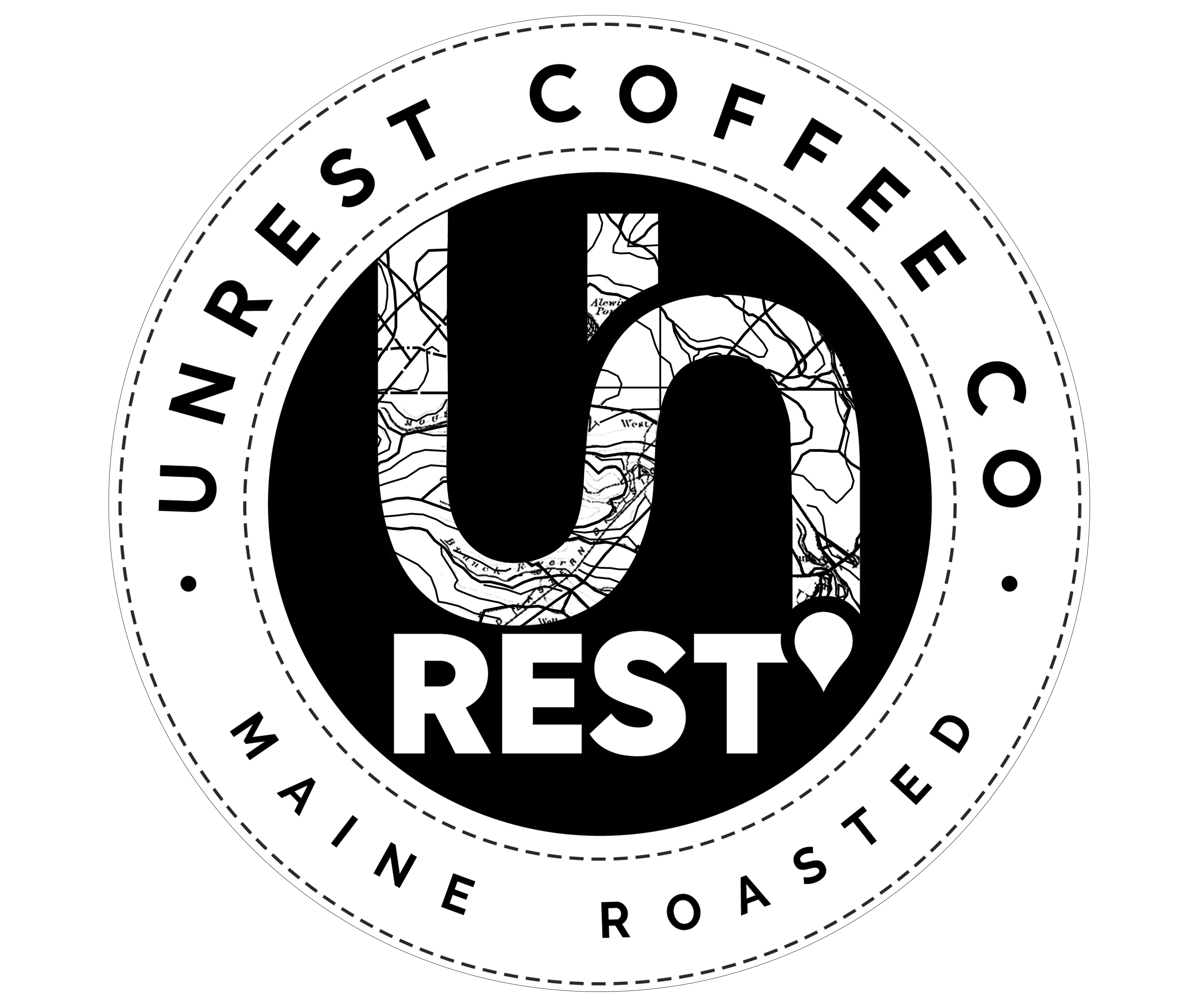How do you like your coffee in the morning?
We like ours with acidity. That's right, and you just might too. Amongst fellow coffeeholics, acidity is the most misunderstood topics which can hold you back from finding the best coffee roaster to your taste buds. At Unrest Coffee, we believe acidity adds dimension to coffee, resulting in that the unique aroma we have all learnt to love. Let us explain the few but very important factors to consider when choosing your new favorite.
Light, dark or lively? choose your acidity level
For those light coffee lovers, you would choose a coffee with a little less acidity. But too little can leave the coffee tasting flat. On the side of the spectrum, we have dark coffee lovers with more acidity, giving it that extra kick. Too much can leave the taste that resembles biting into a sour apple.
We take it seriously about the capacity of acidity in coffee.
How Coffee Terroir Affects Acidity?
Depending on the environment conditions, coffee will naturally produce certain levels of acidity. In the right amount, acidity gives coffee a complex texture. Coffee varieties, climate, elevation, and processing can also impact the amount of acidity a coffee has. For example, the higher-elevation coffee grown, the higher rate of acidity and sugars inside it.
For example, we expect a coffee grown at lower elevation, to be fuller bodied and rich with chocolate notes and mellow acidity. Another grown at higher elevations, is often lighter but vibrant with an acidity at a same amount of lime and grapefruit.
In the wine world, the word “terroir” normally uses to describe all the details about where the grapes grow and how that affects the final wine. Following in coffee, which comes from the seed of a tropical fruit.
At the same time, coffee can express with thousands of emotional flavors like the darker bittersweet flavors or bright fruity complex flavors, even that range is something that can lead to endless exploration.
Does Roasting Affect Coffee's Acidity?
Let’s compare roasting to toasting: the longer you toast a slice of bread, the less natural it will taste and look. This is the same when you roast coffee beans. Roasting won’t enhance the existing acidity in a coffee but instead may flatten the flavors of acids.
“By using less heat energy and time consuming on toasting, the acidity can be softened up, becoming less ‘peaked’ and can be perceived at normal,” Nolan states. “By continuing to push the roast in duration and to higher temperatures, you move into more of the chocolaty flavors and the acidity can be quite muted at this point.”

Some local roasted coffee in New York tend to prefer this method for their customer, but it may have some drawbacks.
It’s the origin of the bean which matters the most. Let’s look at those from Africa that can have higher levels of acidity, we roast them in a way to strengthen these elements. “If you stop the roast too early, the coffee can be sour, bitter, and cannot express flavor fully,” says Nolan. “Ending the roast too late can change the texture of acidity to pale. Although, the secret of roasting is when you catch it just right, the coffee is splendid with complex fruity flavors, a pristine acidity and dimension.”
How Does Acidity Change When Brewing Coffee?
When brewing coffee, would like to try to it the proper way so you taste the acidity as an integrated a part of an entire. When a coffee is under extracted, which can happen when you put too much cold water to the coffee you have, so the water slides through too quickly, you can have a coffee with out-of-balance sour flavors. Want to know how to brew your own coffee at home?
In an under extracted coffee, the coffee’s natural sweetness remains locked inside the beans. So how do you know when you’re dealing with under extraction versus a coffee that just has high acidity?
“To me, the difference between a coffee that has pleasing acidity and one that’s under extracted is the presence of vegetal flavors,” says Mariana Monroe, Executive of Mitch Corp. “When a coffee is sour from under extraction, it occupies all my taste buds, like I’m sucking on a sugar of candy bar. When it’s in balance, acidity tastes lively and splendid.”
Learn how to brew your perfect coffee at home with our more detailed article here.
What Sort of Acids Will You Find When Tasting Coffee?
The easiest way to describe coffee is to compare it to foods we already know.
“So, if the coffee gives your tongue a sparkling sensation, almost like Coca-Cola, it’s probably phosphoric acid. And citric acid is like biting into a lemon,” says Mariana.
While you do not necessarily get to know what sorts of acids are in your coffee, having the ability to spot those sorts of flavors can help get you closer to finding coffees you're keen on.
What Should I Ask for?
If you are at our coffee roaster in Maine, never be afraid to ask the roasters for their recommendation. They know the menu well and can guide you toward a coffee you will love.
At Unrest Coffee, we disclose full information about the origin of our coffee, the ingredient and more. If you are open to trying coffees that are more fruity than chocolaty but are not overwhelmingly acidic, you might try a natural-process coffee, meaning the seed is dried with the fruit intact.


